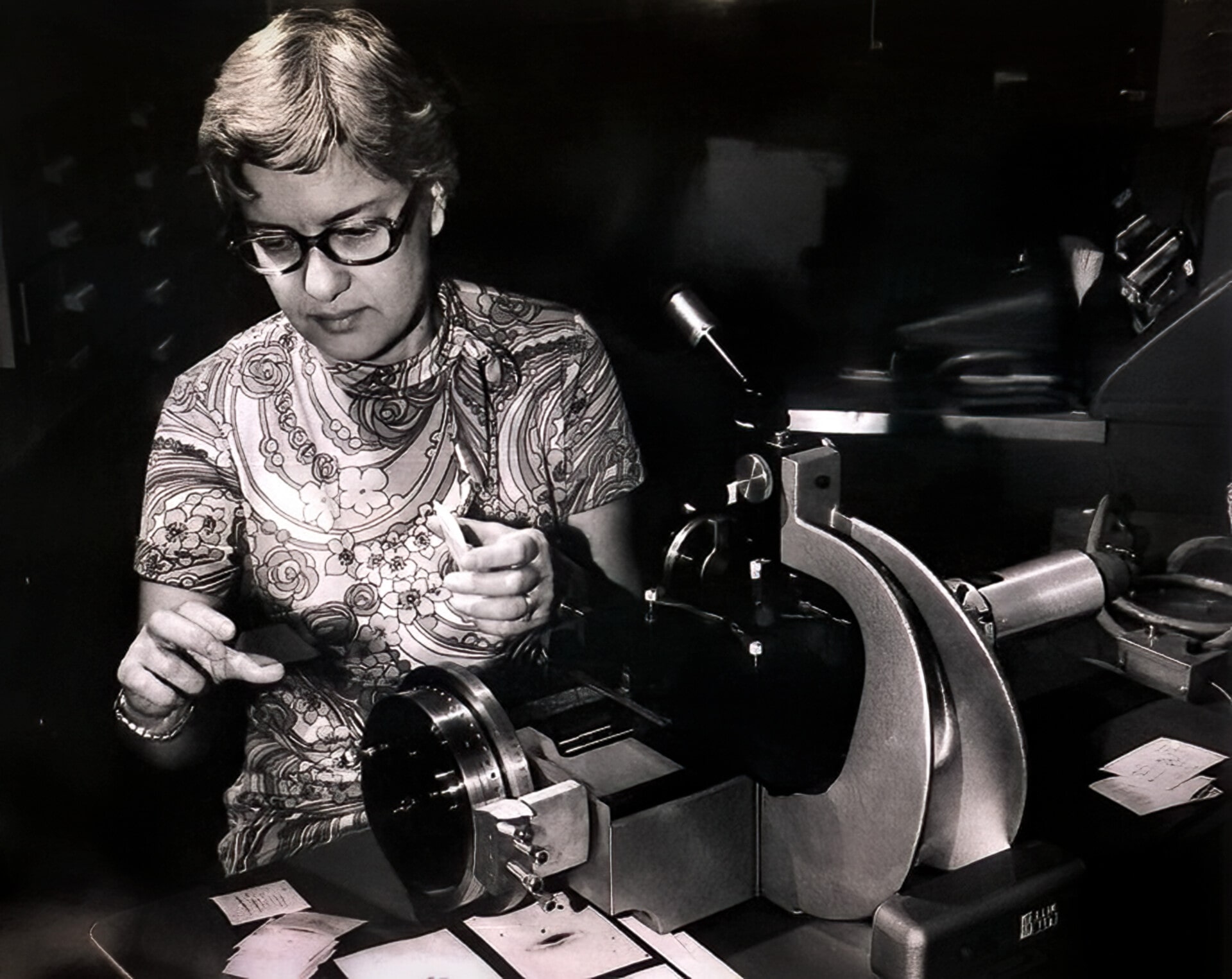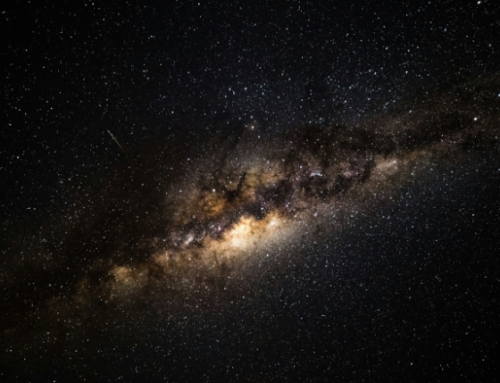On Mars there is a geological feature inside of Gale Crater with a notable amount of hematite. Mars Curiosity rover operators initially called this location “Hematite Ridge”. It was subsequently renamed as “Vera Rubin Ridge”. Who is Vera Rubin and why are we naming things on another planet after her?
There have been few astronomers more influential and transformative than Vera Rubin (1928-2016). Dubbed the “Mother of Dark Matter,” Rubin spent her professional life amassing an invaluable body of work that challenged and expanded astronomical knowledge – namely, by confirming the existence of dark matter. She also conducted pioneering research on galactic rotation rates. Along the way, Rubin was a fierce advocate for women striving for representation and achievement in astronomy. As such, naming something discovered while exploring a new world is rather fitting, don’t you think?
Let’s take a closer look at Rubin’s life and her lasting impact on our understanding of the universe.
Chasing a Lifelong Passion
Rubin’s deep passion for space and celestial bodies began at a young age – arising from long stargazing sessions from her Washington, D.C. home. This interest quickly led to a pursuit of a career in astronomy. Young Vera Rubin attended amateur astronomy meetings and built a more well-rounded educational foundation. These efforts paid off and culminated in a scholarship to the prestigious (then-all-female college) Vassar. Rubin went on to earn the school’s only astronomy degree in 1948. After undergraduate graduation she immediately turned her sights on graduate school. After being denied entry to Princeton University’s astronomy program on the basis of her gender, she went on to study physics at Cornell University and eventually earned her Ph.D. from Georgetown University.
Disrupting the Field
After spending several years teaching at Georgetown, Rubin shifted her attention to astronomical research, joining the astronomy program at Washington’s Carnegie Institute. She went on to establish various disruptive, transcendent theories that would ultimately change the face of astronomy and physics. Rubin’s most significant breakthroughs included:
- Galactic Rotation Curves: Rubin’s studies on galaxy rotation curves were arguably her most noteworthy – albeit controversial and widely dismissed by leading astronomers of the time. Still, Rubin persisted in her building her theory, going on to confirm that the outer regions of galaxies rotate at unexpectedly high speeds.
- Dark Matter Hypothesis: Rubin’s observations on galactic rotation led to the concept of what is commonly called “dark matter”, suggesting the presence of unseen mass influencing galactic dynamics. Dark matter, Rubin asserted, did not emit light or interact with electromagnetic forces but still exerted gravitational influence. This discovery revolutionized our comprehension of the universe’s composition.
- Confirmation of Hubble’s Law: Rubin contributed to confirming Hubble’s Law, which describes the universe’s expansion. Her observations of galaxies’ velocities and distances supported the notion that the universe is continually expanding.
Forging a Timeless Legacy
Vera Rubin forged bold new paths for astronomical research, battling antiquated, sexist presumptions of her intelligence and capability along the way. These notions make Rubin one of the most important, progressive scientific figures of all time. She remained active in astronomy research and mentorship until her death in 2016, further expanding and solidifying one of the most important legacies in astronomy’s history – one that challenged us to abandon outdated norms in favor of a more ambitious, forward-thinking future. As Rubin once noted: “Science progresses best when observations force us to alter our preconceptions.”
Back to Mars. After some careful observation by Mars Curiosity, astrobiologists and geologists back on Earth were able to confirm the presence of hematite – a mineral often associated with locations on Earth where microbial life has altered minerals in the presence of water. Vera Rubin spent her life looking for unseen forces that have shaped our universe. Her namesake location on Mars has helped us understand the previously unseen history of Mars – one that may have included life. That is what science is all about – looking for things unseen that help us better understand what our eyes are telling us. And a large portion of the science team is composed of women. Vera Rubin’s legacy endures.
(Photo via WikiCommons)






